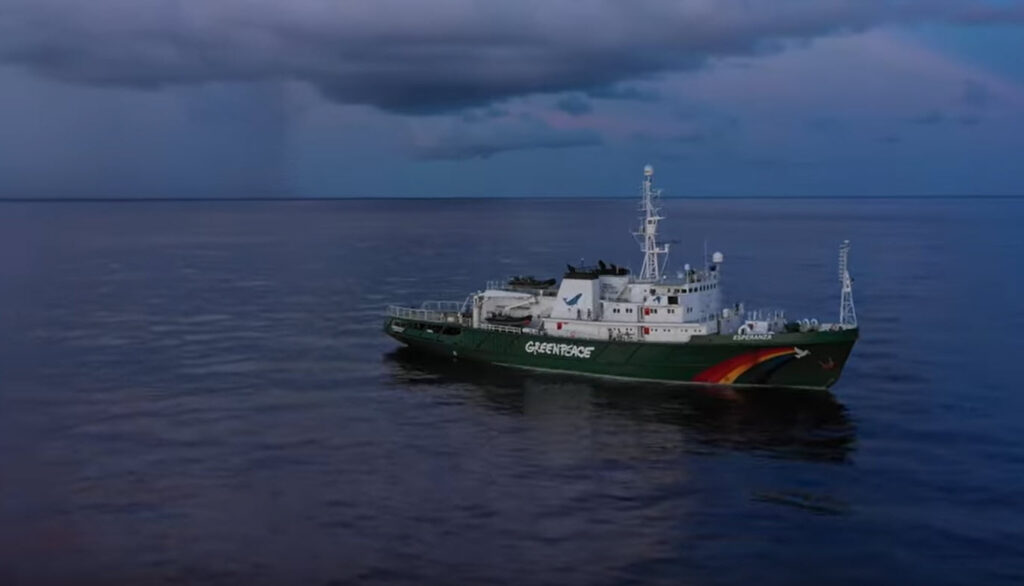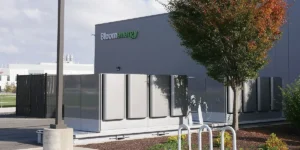Greenpeace Vessel To Be Equipped With Hexagon Purus Maritime Hydrogen Fuel System – Hydrogen Fuel News

The H2 unit will be used for powering a nearly 250-foot vessel along with wind and solar
Hexagon Purus subsidiary Hexagon Purus Maritime, of Ålesund, Norway, has announced the receipt of an order to provide a compressed hydrogen fuel system that will be used for a new Greenpeace vessel.
The system will be delivered to the Freire Shipyard in Vigo, Spain
It was the Freire Shipyard that made the order for the hydrogen fuel system, and that will be using it in the 250-foot Greenpeace vessel in combination with other clean energy technologies. The vessel will feature a number of alternative forms of power beyond the H2, including an e-methanol power system as well as wind and solar.
According to media reports on the announcement, the order of the H2 equipment is worth about $2.77 million. The delivery is slated to occur in 2027.
The Greenpeace vessel is being built as a part of a partnership between Freire Shipyard and Dykstra, in which the shipyard will be responsible for constructing the vessel that Dykstra designs. It will include equipment to harness wind and solar power, in addition to over 6,500 square feet of sails, battery packs and solar panels.
More About Hexagon Purus Tanks
Advanced e-methanol and hydrogen fuel systems will meet the vessels remaining energy needs
“Hexagon Purus is committed to actively leading the way in developing zero-emission alternatives,” explained Freire Shipyard managing director Guillermo Freire. “After a comprehensive tender process, we became confident that Hexagon Purus Maritime had the ability and highest technical capabilities to deliver on this project.”
Moving forward with a new strategy
Last year, the International Maritime Organization (IMO) announced the adoption of an updated greenhouse gas (GHG) emission strategy from international shipping activities. This also involved a common net-zero GHG emissions target, which it set for 2050. On top of that, it also applied other total GHG milestones, such as those of reductions of 30 percent by the end of this decade and 80 percent in the following 10 years, when compared with levels measured in 2008.
Equipment and technology like the hydrogen fuel system to be installed in the Greenpeace vessel are expected to play a critical role in this decarbonization effort.




